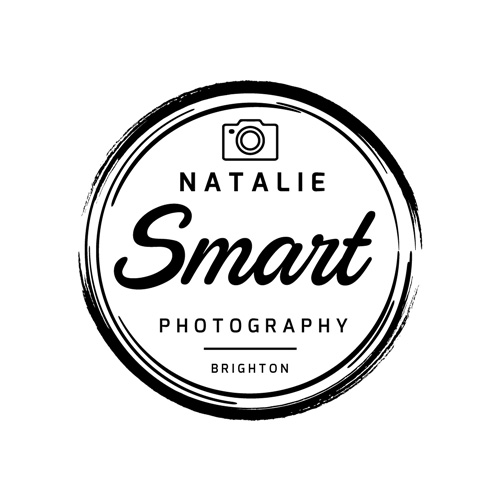In my previous blog post I mentioned that I wanted to turn some of my sheep photos into prints so that I could frame them and put them up in my knitwear studio.
On Saturday I had some time to visit the darkroom and I am pleased to report I managed to successfully do some 8 x 10 resin coated prints.
You’ll see from the cover photo, that I initially printed a contact sheet and selected several photos I’d possibly like to develop into prints. In the end, after lots and lots of test strips, I printed a total of three photos.
Here are the first two I enlarged from the 6 x 6 negatives into prints:


In the next print I decided that the people in the background were a distraction and didn’t quite fit in with the two previous prints I had done:

I therefore cropped the original photo on the enlarger so the final print showed just the sheep:

This did mean that less of the closest sheep was shown in my cropped photo but I actually didn’t mind this since I had a similar thing happening in the first print so felt it helped towards the cohesiveness of the three photos.
Needless to say, I am absolutely thrilled with these prints and am really excited about framing them and putting them up on the wall of my knitwear studio.






